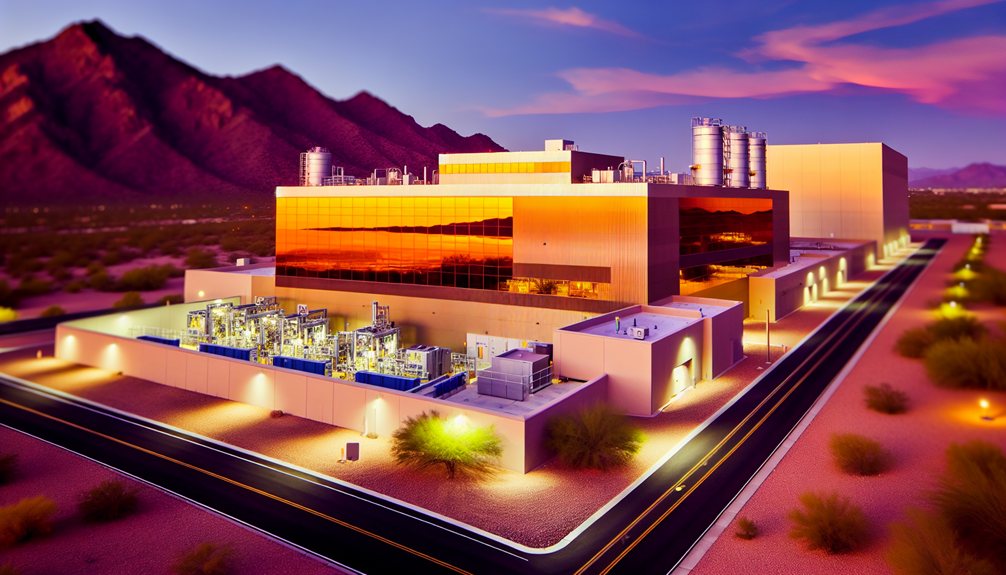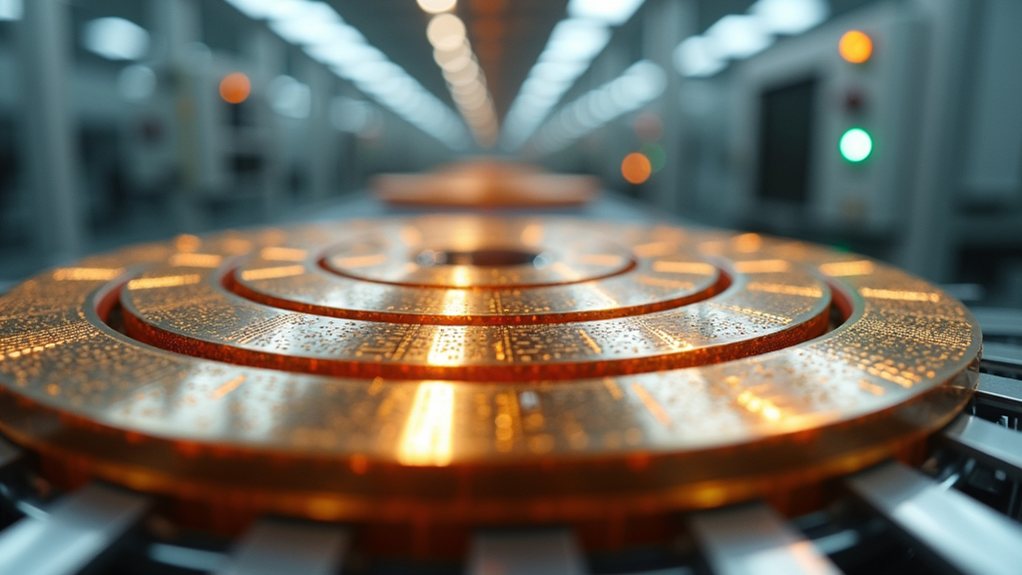How Huawei Outsmarts U.S. Sanctions With CloudMatrix
Huawei has thrown down the gauntlet against AI chip giant Nvidia with its powerful new CloudMatrix 384 system. The Chinese tech giant isn’t messing around. Its Ascend 910C-powered solution directly targets Nvidia’s GB200 NVL72 rack-scale system, and it’s not just playing catch-up.
The gloves are off as Huawei challenges Nvidia with its CloudMatrix 384, proving sanctions weren’t enough to keep it down.
Somehow, despite years of crushing U.S. sanctions, Huawei claims their system outperforms Nvidia’s flagship in certain metrics. Not bad for a company that was supposedly crippled by tech restrictions.
The timing couldn’t be more perfect. U.S. export controls have effectively blocked Nvidia from shipping its most advanced AI chips to China. The H20 chip, Nvidia’s special China-compliant version, got stuck in regulatory limbo before it could even hit the market.
Meanwhile, Huawei just… built their own stuff. No export headaches. No compliance nightmares.
Let’s talk specs. Huawei’s system architecture is impressive, focusing on networking, optics, and software optimizations that go beyond raw chip performance. The system leverages Python libraries for advanced AI processing capabilities.
They’ve created their own NVLink-like interconnects and ditched copper cables entirely. The system-level power budget shows China’s engineering prowess for large-scale AI deployment. They’re playing a different game here.
Remember ByteDance’s massive 100,000-unit order for Ascend 910b chips? That wasn’t a fluke. It signaled growing market confidence in Huawei’s AI capabilities.
Now Chinese companies have a domestic alternative to Nvidia’s increasingly inaccessible GPUs. Talk about turning lemons into lemonade.
The black market isn’t helping Nvidia either. With over $1 billion worth of chips sneaking into China through unauthorized channels, Nvidia’s struggling to maintain control.
Their CEO wants to resume H20 sales and increase chip power to China, but U.S. policies keep getting in the way. Bureaucracy at its finest.
Huawei’s comeback story is remarkable. From supply chain nightmares to becoming a leader in China’s AI infrastructure segment, they’ve persevered through sanctions that should have destroyed them.
Their focus on chip scalability, system-level efficiency, and optical networking innovation shows they’re thinking beyond just surviving—they’re aiming to thrive.
The AI chip war is heating up. Nvidia still dominates globally, but Huawei’s CloudMatrix 384 proves China won’t be left behind in the AI race. With its massive 300 PFLOPs of compute, the system nearly doubles the performance of Nvidia’s comparable offering. The upcoming Ascend 910d chip, with test samples expected by May 2025, could further strengthen Huawei’s position against NVIDIA’s limited offerings in China.
Sometimes the underdog has sharper teeth than you’d expect.









